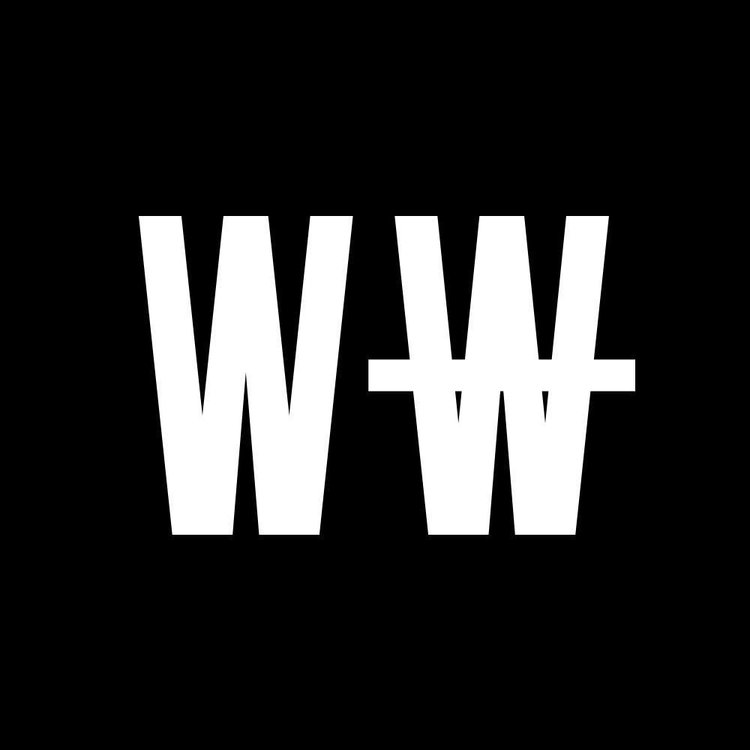Hi! Who are you?
I'm Kate Proulx, a digital product designer in Brooklyn, NY. I recently returned to Huge and I've been working on a mix of pitches and client work since I've been back. Before that, I was working at Studio Rodrigo, a small digital studio in Flatiron—they finally put up a website and it looks great, check it out!
You + money = ?
Frenemies.
When it comes to money, what's the toughest thing for you?
Impulse and patience! For a long time, when I had money in the bank I felt like I had to figure out what to do with it, like I couldn't just let it sit there. It sounds crazy, I know! Sometimes I still get those feelings—a lucky moment where my bank account is flush with cash and I'm like 'Hell yeah! Time to buy that rad leather jacket!' I have to remind myself to not think that way. Relatedly, I can feel really bad when I look at my savings account and feel like "I am NEVER going to get to my 10k savings goal, what's the point?"—I have to remind myself that saving takes time. Patience has never been my strong suit.
What inspired/motivated you to write this?
One of my resolutions is to write one real thing a month this year. I'm hoping that 2015 will be the year of less fluff, less re-blogging, less hype-manning and more of being a real person with thoughts & opinions. I think almost anyone that knows me in the real world (and not just on the internet) can attest that I am very honest, blunt, and prone to over-share. If that's what I want to see more of this year, why not be the one to set it off? This post felt like a baby step towards that.
How did you feel about going so public with this topic?
A bit nervous, for sure. I could have easily written the post without sharing anything about myself or my finances—you know, be a lot more safe about it—it's really scary to be open and vulnerable online, everyone has an opinion and isn't afraid to tell other people that they're wrong or why they suck. But like I said, I really want to read more things where people seem like people, and less perfect. I'm nowhere near an authority on money, the beginning of the post should make that clear, I'm just sharing a bit about what I suck at and something I made that helped me suck less at those things.
What's been the response so far?
People have been saying that they want to dig into it and give it a shot. That feels cool!
What's the biggest takeaway you want us to have?
Everyone has their own relationship and weirdness with money, and if you're someone who struggles with stuff, know that you're not alone. And sometimes you can build fast solutions out of unglamorous tools!
Did you learn anything about yourself in writing this?
Writing this made me realize that I've actually come a long way—I used to feel so shameful and avoid even looking at my bank account. Now I enjoy staying on top of stuff and making good choices. The second paragraph actually made me pat myself on the back a little bit and realize even if I haven't reached my 10k savings goal (yet!), I still have a lot to be proud of.
Why do you think creatives are stereotyped as being bad at managing money and other admin type stuff?
I don't believe that—I know so many freelancers that have their shit locked up. I like to think that people do what they're good at and what interests them, for me, if I was good at numbers and finance I'd probably have been better at school growing up and would have gone to business school.
Best piece of advice about money you can give us:
Last year when I was hanging out with my brother—he's the opposite of me, he plays golf and is a business consultant—he said "Dude, you need to realize that when you buy things on your credit cards that you can't pay off right away it's as if you're like 'Yeah, let me pay 20% more for this thing'—it's expensive money." It's so obvious, but it made me think a lot differently about buying things I can't afford right away on credit.













































